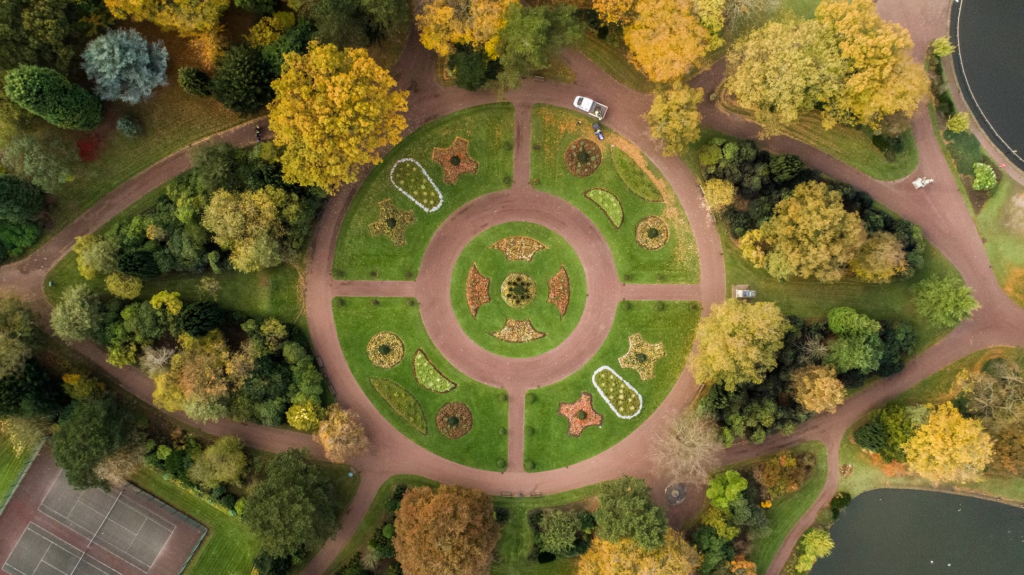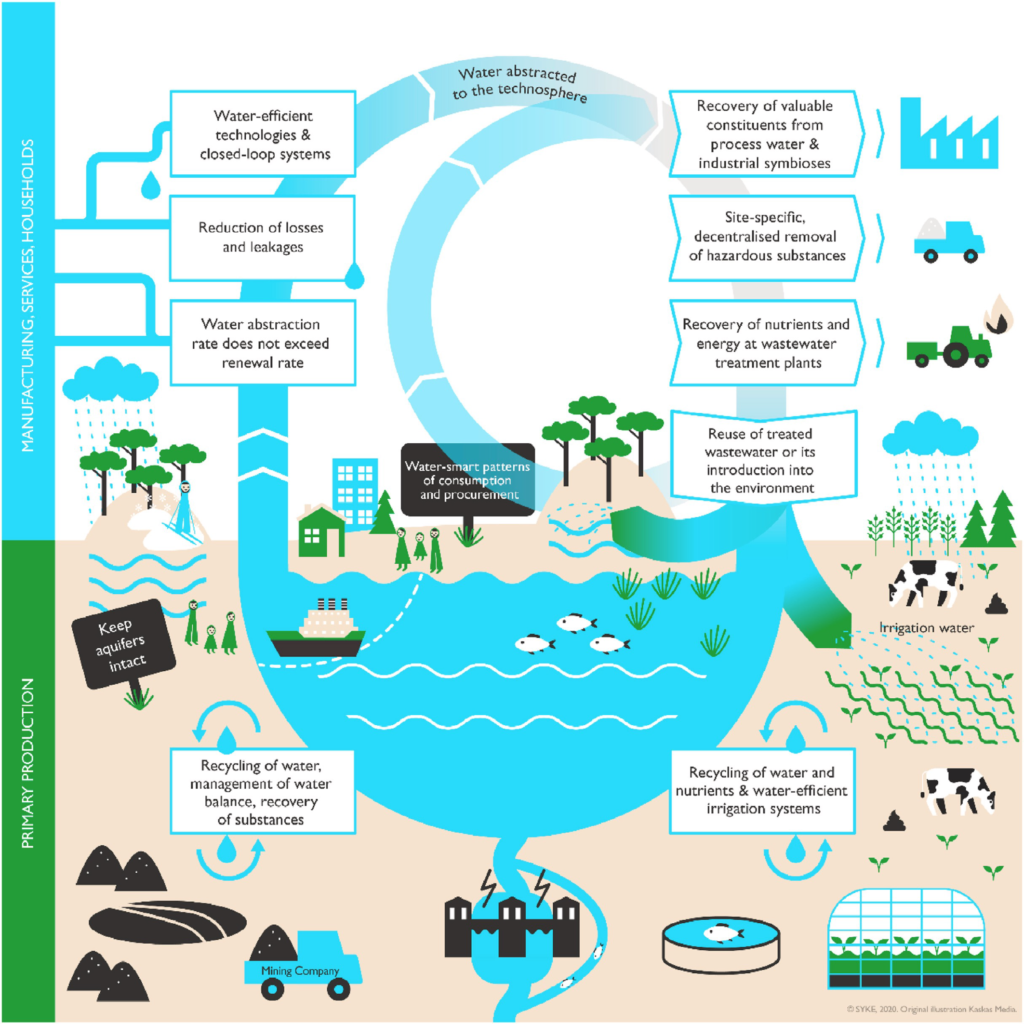Within a circular economy our resources are reused and recycled. This limits the extraction of
resources from the natural world, reducing emissions and damage to ecosystems. This applies
to everything we use, from metals, plastics, energy, and even the food we eat and the water
we drink!

The schematic diagram below demonstrates this idea applied to our use of water resources.
As you review this plan you should notice that there are some things you can do, like using
water efficiently in the home or reducing losses and leaks. Other areas may seem out of your
control. You can’t control water used by mining companies or for irrigation…. Or can you?
How might you make decisions that reduce water use by these industries? For example, we
don’t need to mine new metals if we recycle the ones we have and some foods require much
more water than others!
Finally remember you have a career ahead of you that may put you in a position where you
can influence these things directly!


Read: (Optional) If you want to know more about the diagram read the source article
<undefined>Salminen et al 2022: Water-smart circular economy – Conceptualisation, transitional policy instruments and stakeholder perception, Journal of Cleaner Production.</undefined>
Water and water-related ecosystems, despite their vital role in practically all human activities, have been largely missing from conceptualisations and scientific definitions of the CE. Therefore, this paper presents a definition and concept for a water-smart CE that incorporates water and water-related ecosystems.

Apply Your Thinking:
How can you contribute to a circulate water economy!
Based an everything you’ve learnt from this sprint come up with three decisions, actions, or future plans that you can take to make a circular water economy a reality.






